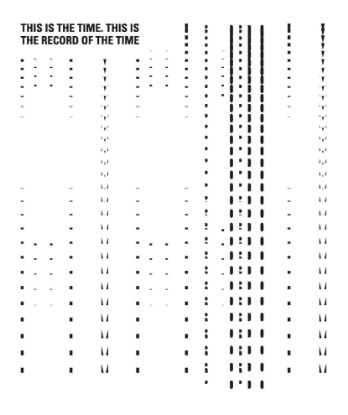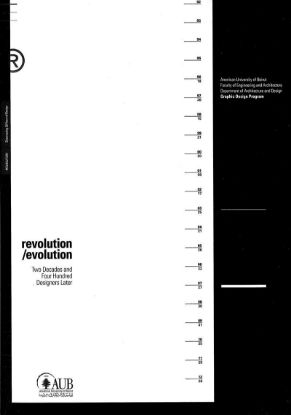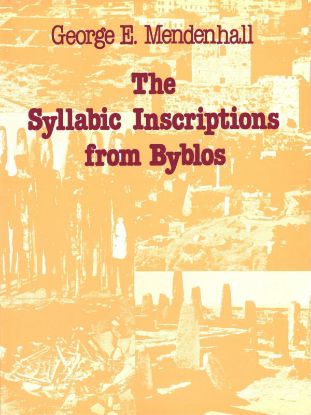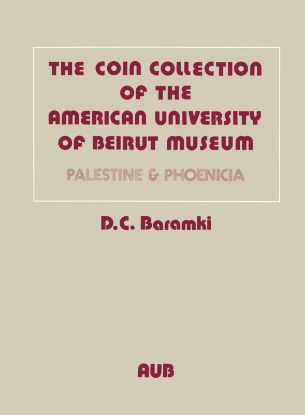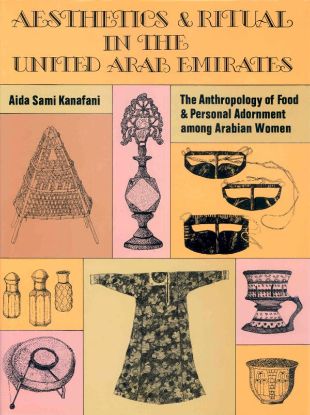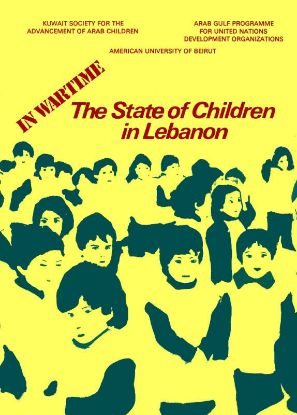Filter by price
AUB Press
This is the Time. This is the Record of the Time
This Is the Time. This Is the Record of the Time is a hybrid anthology of commissioned art and written works on the subject of capturing time and temporality, representing a collaboration between the American University of Beirut Art Galleries and the Stedelijk Museum in Amsterdam. There is a common perception that time is accelerating. The need to pause, slow down, and regain ground has become a necessity, to grasp our “Runaway World," as Anthony Giddens aptly terms it. Critically evaluating this precious commodity, time, with thoughts grounded philosophically, historically, and in terms of media theory allows for a more in-depth discussion on the perception of time and how the act of recording it affects its perception and treatment. The experience of time is mediated by the technologies that record it. Quoting the introduction, “Thinking about Time: Proposition" by one of the editors, Angela Harutyunyan (p. 23), the book proposes “that to think time and to experience the time of thinking makes oneself out of joint with time or, rather, with the notions of temporality that dominate our epoch."
$30.00
Revolution/Evolution: Two Decades and Four Hundred Designers Later
In commemoration of the first 20 years of the Graphic Design Program at the American University of Beirut, this book profiles the professional work of many of its graduates, whose pursuit of excellence in design has transformed the face of the region.
$65.00
The Syllabic Inscriptions from Byblos
The French expedition to the ancient Phoenician city of Byblos (modern Jbeil) from 1928 to 1932 discovered a group of nine texts carved in stone or stamped on copper plates. It was clear that the writing system was syllabic, not alphabetic, and was very closely related to Egyptian hieroglyphic characters. This volume presents a deciphering of eight of those texts, together with philological treatment of the language, and places the language into the context of ancient historical and social processes. The language of the texts appears from internal evidence to be a very archaic West Semitic, and antedates the separation of the Arabic and Canaanite branches of the Semitic language family. Evidence from the texts supports the conclusion that Arabic originated in the coastal regions of the Eastern Mediterranean, known in the classical period as Phoenicia and Palestine, in the Early Bronze Age before 2000 BC. The writing system is shown to be the missing link between Egyptian and the late Canaanite alphabet.
$16.00
The Coin Collection of the American University of Beirut Museum: Palestine and Phoenicia
A selection of 2,200 coins from the total collection of 11,000 coins at the AUB Archaeological Museum is thoroughly catalogued here following the classification system of the British Museum, with photographs and thirty-two plates. The coins are indexed both by emperor and by type.
$20.00
Aesthetics & Ritual in the United Arab Emirates
Through observation, participation, questioning, and living with the people of the United Arab Emirates, Dr. Kanafani has gathered interesting and original information on food and body rituals, reporting on habits and practices in coastal cities as well as in desert dwellings, oases, and settlements. This volume presents the author's observations and interpretations, along with thirty-eight photographs, seventy drawn figures, and a bibliography.
$10.00
In Wartime: The State of Children in Lebanon
This book was published during the period of the Lebanese civil war. Therefore, the fieldwork on which its conclusions are based was carried out under extremely difficult circumstances. Nevertheless, the book provides a unique insight into the state of children in a country where civil war raged for ten years. Health, education, child care institutions, and the psychological and physical effects of war are all surveyed and discussed. Implications for action and a summary of major recommendations for action are also included. Sadly, the book will be of value in other parts of the world where the young are most affected by continuing conflicts.
$10.00

